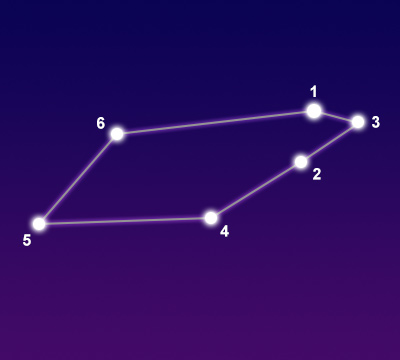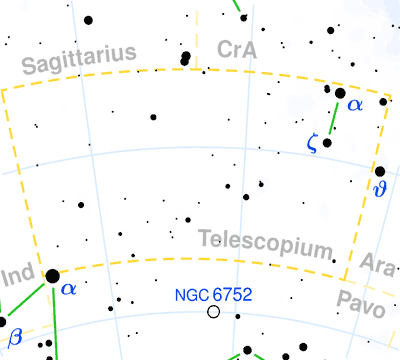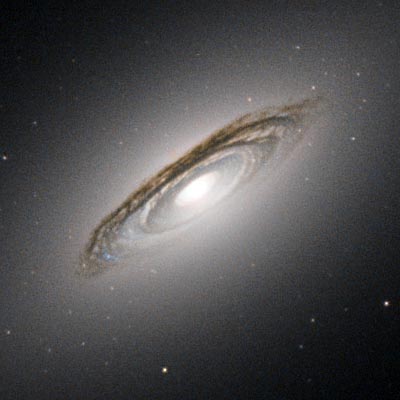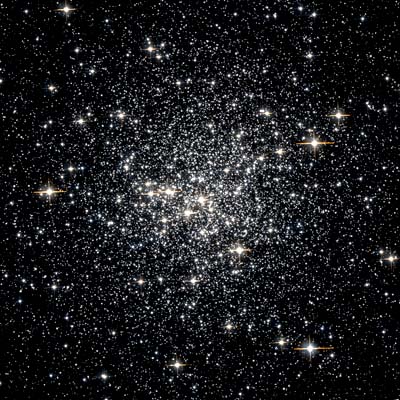Pronunciation:
(TEL-eh-SKOH-pee-um)Abbreviation:
TelGenitive:
TelescopiiRight Ascension:
19 hoursDeclination:
-50 degreesArea in Square Degrees:
252Crosses Meridian:
9 PM, August 25Visible Between Latitudes:
30 and -90 degreesThe constellation Telescopium, the telescope, is located in the southern hemisphere of the sky. It is completely visible in latitudes south of 33 degrees from June through August. It is a small constellation, covering 252 square degrees of the sky. It ranks 57th in size among the 88 constellation in the night sky. It is bordered by Sagittarius and Corona Australis to the north, Ara to the west, Pavo to the south, and Indus to the east, cornering on Microscopium to the northeast.
There is no mythology associated with Telescopium. It is one of the 14 southern constellations named by Abbé Nicolas Louis de Lacaille in the 18th century. It was named to honor the invention of one of the most important pieces of equipment in astronomy, the telescope. Lacaille mapped the constellation during his trip to the Cape of Good Hope in South Africa in 1751-1752. It represents an aerial telescope, a type of refracting telescope that was popular at the time. This constellation was originally much larger but was later reduced in size by astronomers Francis Baily and Benjamin Gould.

points of interest below © Sea and Sky

© Torsten Bronger CC BY-SA 3.0
Zeta Telescopii
Epsilon Telescopii
Lambda Telescopii
Xi Telescopii
Iota Telescopii
N/A
N/A
N/A
N/A
N/A
Yellow Giant Star
Binary Star System
White Dwarf Star
Red Giant Star
Orange Giant Star
4.13
4.52
4.84
4.89
4.89
Telescopium is a dim and relatively insignificant constellation. It contains only one star brighter that magnitude 4. Alpha Telescopii is the brightest star with a visual magnitude of only 3.51. It is a blue-white subgiant star located approximately 278 light years from Earth. The second brightest star is Zeta Telescopii with a magnitude of only 4.13. It is a yellow giant star about 278 light years away from our solar system. The third brightest star is Epsilon Telescopii with a magnitude of 4.52. It is a binary star system that lies some 420 light years from our solar system.
Telescopium contains no Messier objects but does contain a few interesting deep-sky objects. The Telescopium Group is a galaxy group containing 12 individual galaxies located approximately 120 light years from Earth. NGC 6861 is a beautiful lenticular galaxy with dark dust lanes. NGC 6584 is a globular star cluster containing thousands of individual stars. These objects are extremely faint and can only be seen with large telescopes.

© ESA/Hubble / CC BY 4.0

the Hubble Space Telescope



